Motivation, opportunity, and a personal invitation took photographer Catherine Karnow to Vietnam for the first time in July 1990.
Catherine Karnow’s retrospective, “Vietnam: 25 Years of a Documenting a Changing Country,” spans nearly her entire career as a professional photographer. The exhibition, which celebrates the 40th anniversary of the end of the Vietnam War, includes photographs taken during the years of the most dramatic change seen in modern-day Vietnam, from 1990 – 2014, while on assignment for National Geographic, Smithsonian, as well as many self-assigned trips.
Karnow fell in love with photography at the age of 15. With the support and encouragement of her first photography teacher, she quickly became a serious photographer.
After graduating from Brown University with a degree in comparative literature and semiotics and premiering her first film at the Berlin Film Festival, Karnow spent nine months in Paris trying to get work as a photographer or photographer’s assistant. Finally, she got an assignment to shoot the Inside Guide to France, a project that led to editorial and corporate projects.
“I became a successful photographer very quickly after that first assignment, but I didn’t have a body of work,” says Karnow. “I kept being told that while I had a nice collection of images, I didn’t have a story. I began to think where to go to shoot a serious project.”
In March of 1990 her father, the acclaimed journalist Stanley Karnow, went to Vietnam to interview General Giap for The New York Times. The newspaper had sent along a young female photographer to photograph the story.
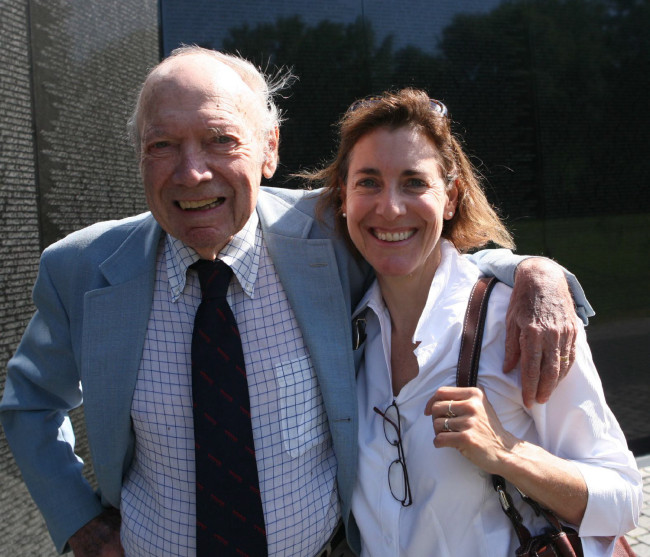
“When my parents returned my mother expressed her disappointment that I hadn’t been the photographer.” Karnow says this got her into gear to become even more serious about her work. She found herself in Sydney a couple months later where she met a young Vietnamese man who was planning to go back to Vietnam for the first time since he had escaped. “He asked me if I wanted to join him on that return. I knew that this was my opportunity to go. My father’s recent trip would gain me access to otherwise difficult locations and now I had a friend with whom I could travel.”
Karnow spent the month of July shooting in several areas of the country. “I was not an inexperienced photographer, but I hadn’t yet learned to shoot a major personal project.” Luckily, she had been guided by an experienced photojournalist who had advised her on how to approach shooting a portrait of a place. “I still have the notes, scribbled half in French and half in English, and still think about shooting a place this way. I make a list of the different aspects of any place, such as economy, transportation, history, architecture, art, sports, food and people—rich poor, old and young, influential people. And then I think about how to illustrate those subjects. If there are especially important people, I strive to photograph them.”
Unsurprisingly, she had excellent access to General Giap.
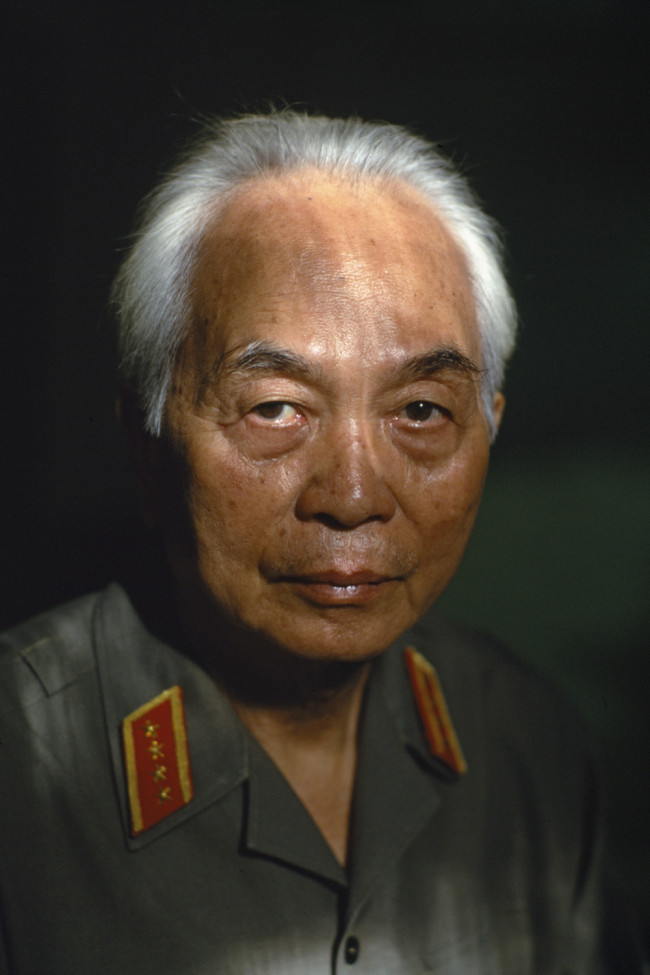
“Snow-Covered Volcano.” July 1990.
Karnow wanted to do a portrait of the General that showed him as the French called him, the “snow-covered volcano.” This would later become a famous portrait.
“I was welcomed into his home and as we sat there drinking tea, I was nervously wondering where I might shoot the portrait. I needed good natural light. I saw a shaft of light coming down onto the back stairwell behind the kitchen.” The General agreed to be photographed there, and Karnow got the shot she had envisioned.
Interestingly, she says she only recently “saw” this portrait clearly. “I was teaching in Goa and the slide was up on the screen. I suddenly noticed that one side of his face shows the man who felt compassion and cared deeply for his people, and the other side shows the tenacious, ruthless General, ready to fight to the bitter end to win the independence of Vietnam.”
That month in Vietnam produced a powerful body of work. “At that time in Vietnam, the conditions were arduous to say the least. It was very hot. Everywhere I went, especially in the countryside, I was followed by dozens and dozens of children. It was hard to shoot because they were always in the corners of my frame. I really learned to be calm under pressure.”
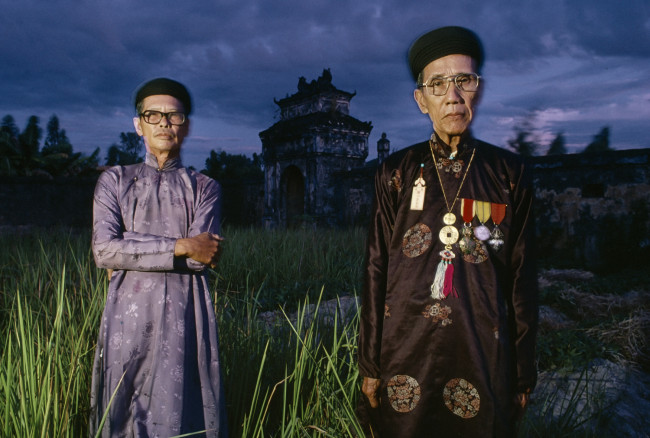
In the past 25 years, Karnow has returned to Vietnam several times on assignment and to continue her personal work.
“The images from the early years of Vietnam show pathos and stillness, which was what I saw and experienced. In the mid-nineties I shot campy kitschy shots, as Vietnam was opening up to new business.”
Now Vietnam is a country zooming full force into a new era. “I aim to capture this energy while at the same time I am drawn to those timeless scenes,” she said.
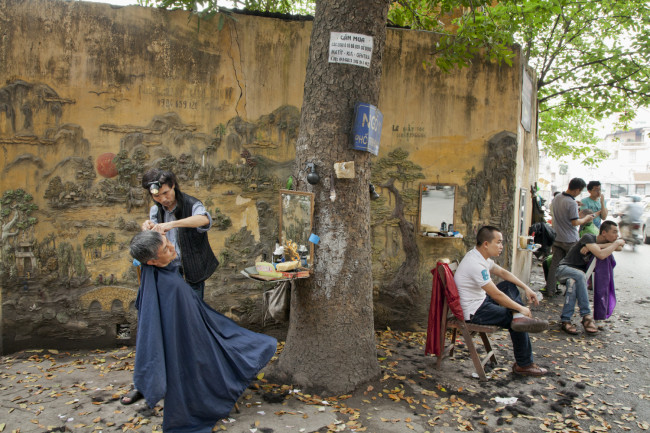
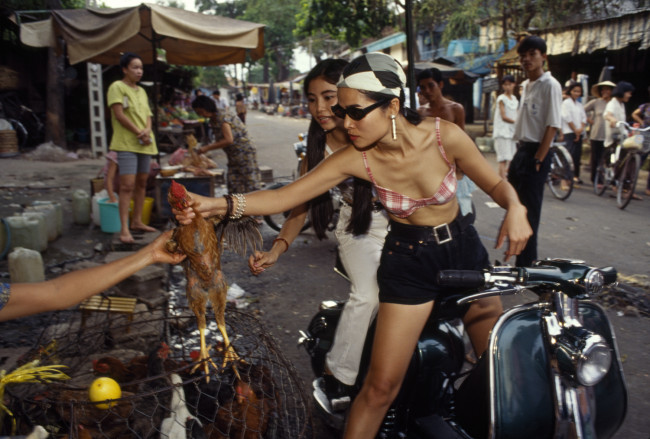
Karnow believes that travel photojournalism can best be learned by shooting on location, with guidance and feedback from a trusted mentor. “Everything I know about shooting is from my own experience in the field. And I am always learning and evolving.”
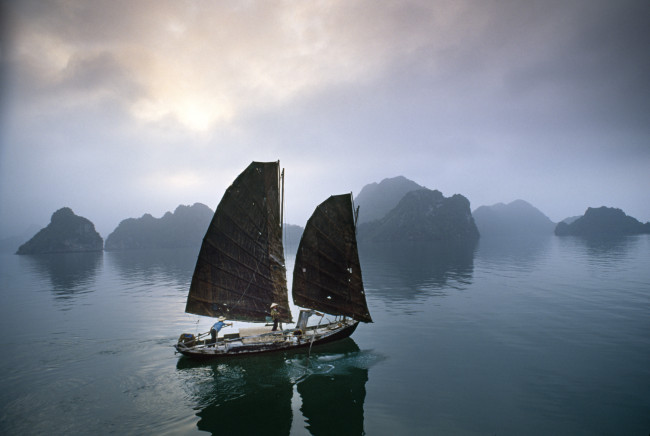
After so many years as a professional photographer, Karnow is passionate about teaching what she knows. In addition to being one of National Geographic’s most popular instructors, her signature workshop in Italy each May is a deeply important experience for many. In the words of a past participant, “every so often, an opportunity presents itself that is truly ‘transformational,’ and this was one for me, for so many reasons.”
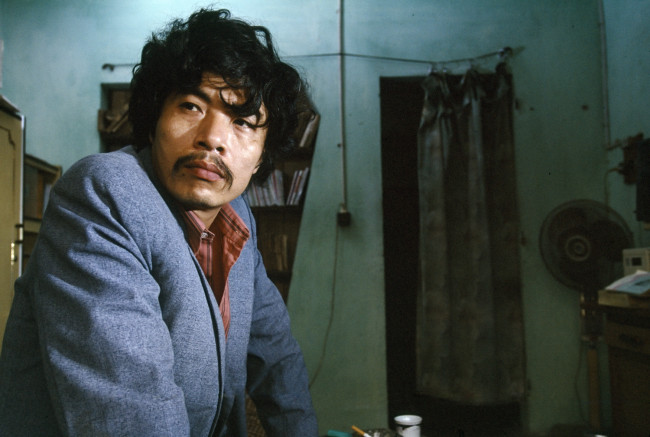
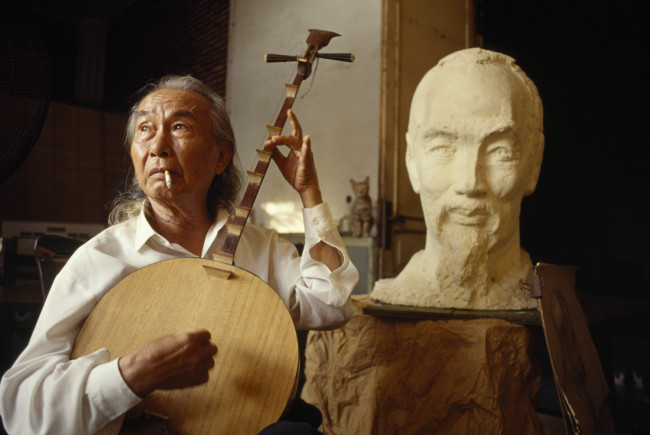
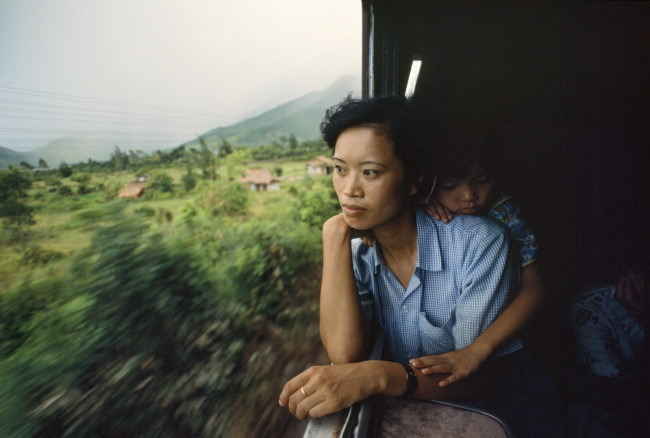
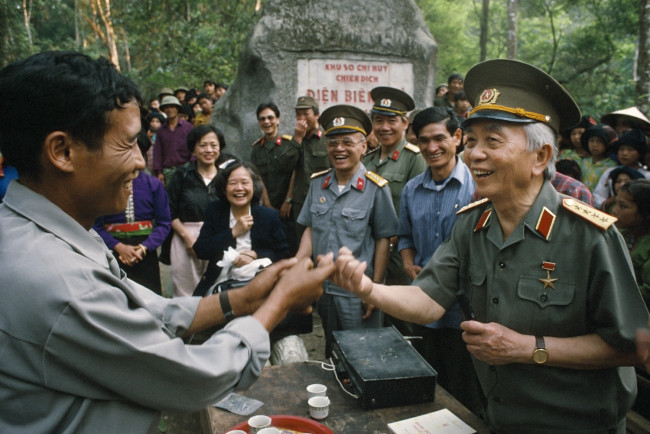
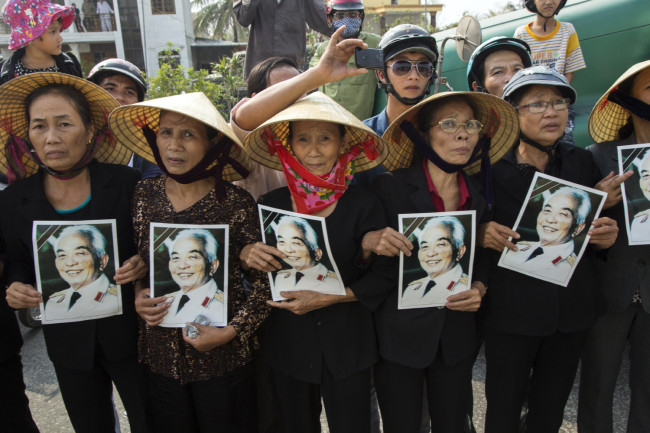
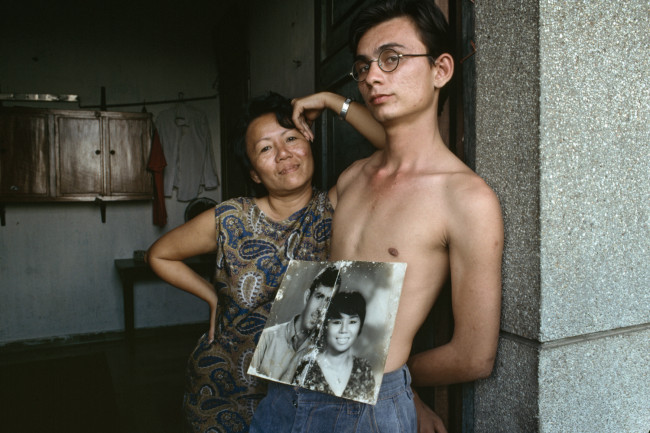
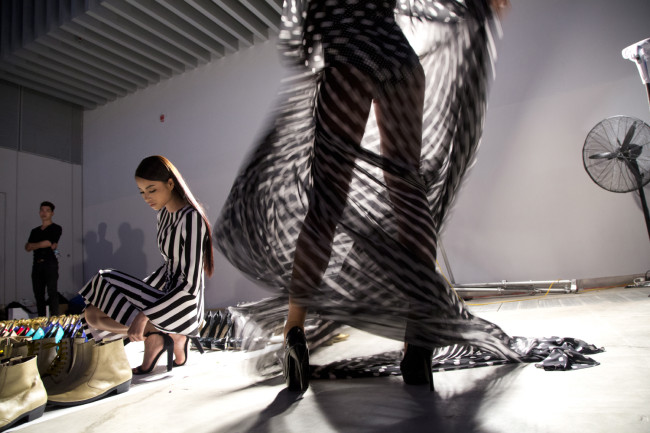
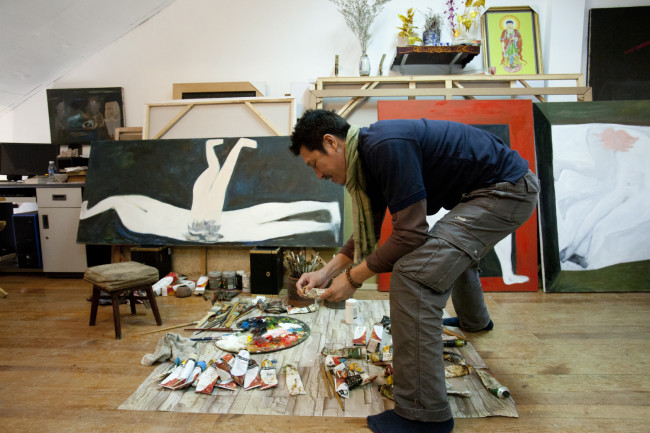
“Vietnam 25 Years From Darkness Into Light,” is on display through March 31 at the Foreign Correspondents’ Club in Hong Kong, and will open at the prestigious Art Vietnam Gallery in Hanoi April 9 – May 2. Catherine will teach her popular photography workshop in Umbria, Italy, May 6 – 16.
